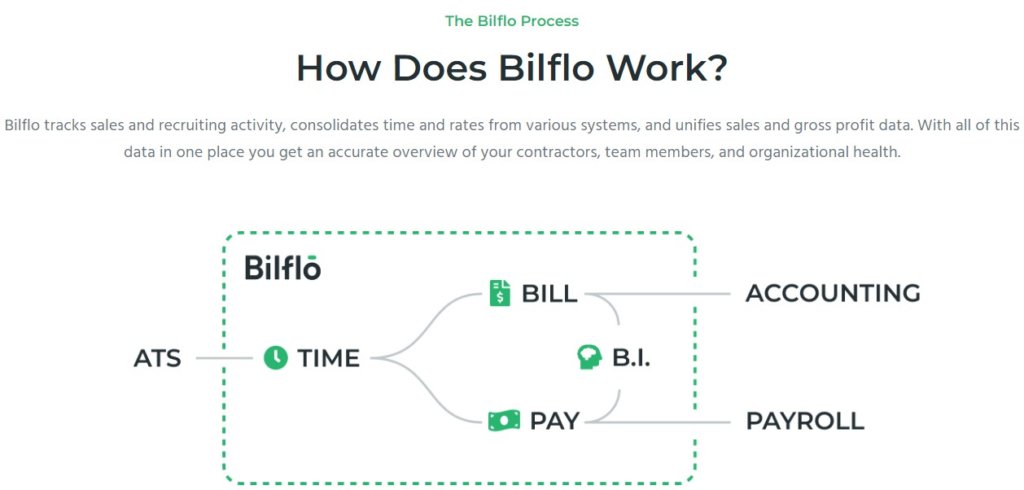To stay competitive, firms must embrace and effectively leverage these technological advancements.
The AI Revolution in Staffing
AI is transforming core staffing processes. Tedious tasks are now automated, freeing up time for higher-value activities like strategic advisement. Here are key areas where AI is making an impact:
- Candidate Sourcing and Matching: AI algorithms analyze extensive data to identify ideal candidates quickly and accurately, reducing the time to fill positions.
- Screening and Assessment: AI automates candidate screening, evaluating qualifications, soft skills, and cultural fit, enhancing the efficiency and accuracy of the hiring process.
- Chatbots and Virtual Assistants: AI-driven chatbots engage candidates, answer queries, and provide seamless application experiences 24/7.
- Data-Driven Insights: AI analyzes data to offer insights into market trends, compensation, and candidate behavior, aiding in data-driven decision-making.
- Process Automation: AI automates routine tasks like onboarding and compliance checks, allowing recruiters to focus on strategic activities.
Staying Competitive with Customized AI Tools
To thrive in an AI-driven staffing environment, firms must invest in tailored AI solutions. Whether through a comprehensive applicant tracking system (ATS) or specialized sourcing tools, choosing technology that fits organizational needs is crucial. Customizable tools ensure seamless integration with existing workflows.
Continuous learning and education for staff are also essential. As AI evolves, employees must stay updated on advancements to maximize tool effectiveness. Organizational leaders can leverage AI insights for strategic planning, fine-tuning recruitment strategies, understanding market dynamics, and making informed decisions.
Enhancing the Human Experience
AI can significantly enhance the candidate experience. Tools like AI-driven chatbots provide quick responses and assistance, making the application process smoother and more engaging. This leads to better employee retention and reduced turnover.
For recruiters, AI is a tool to augment capabilities, not replace them. Encouraging recruiters to use AI for relationship-building, personalized communication, and strategic decisions is crucial. Educating clients about AI benefits and transparent usage enhances their recruitment process.
Embrace AI or Get Left Behind
The staffing industry is undergoing a profound technological shift with AI at the forefront. Firms that embrace AI and adapt their strategies will stay ahead in this competitive landscape. AI streamlines operations, improves experiences, and provides valuable insights for decision-making.
AI tools must be vetted for data privacy, ethical considerations, and compliance with relevant laws. When used correctly, AI can transform the staffing industry meaningfully.
By investing in AI, providing continuous education, and fostering human-AI collaboration, staffing firms can navigate this evolving landscape and establish themselves as industry leaders.
Bilflo’s Back-Office Automation: Streamline your staffing operations with Bilflo’s back-office automation services. From payroll to compliance, our solutions free up your team to focus on strategic growth. Embrace AI-driven efficiency and stay ahead of the curve with Bilflo. Get access to an instant demo.
